Lola GT: The DNA of the Ford GT40
 by John Starkey
by John Starkey
“The 2019 film ‘Ford versus Ferrari’, which received great public acclaim, detailed (with some Hollywood variations . . . ) the story of Ford and Ferrari at Le Mans in 1966. There is a scene, early on in the film in which the new Ford GT40, completely formed, is unveiled to the press in 1964. Little is said of just where this spectacular new car came from, and indeed, the impression is given that this car had been built by the Ford factory in America, which I am sure is what the producers were intending. Nothing could be further from the truth.”
It wasn’t just the movie that spun the story this way but Ford itself circulated a family tree (below) in which the “GT-40 Prototype” is preceded by the 1962 Ford Mustang I without any reference to the Lola. After reading this book you’ll know why: the relationship between Lola’s Eric Broadley and Ford’s Roy Lunn, whose team had developed the Mustang I, was strained from the beginning, deteriorating to the point that the two men wouldn’t speak to each other but only to a middleman, John Wyer who was nominally in charge of the GT40 operation.
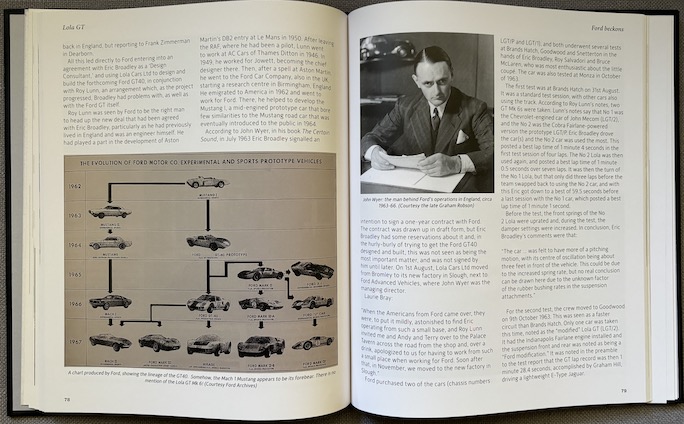
The book is about more than just that Lola GT and very nicely fills a gap in the timeline between the quote above and all that preceded it after Enzo Ferrari had walked away from a deal with Ford which had been seeking an association with a proven European maker of outstanding racing chassis in order to get a head start to go racing themselves. They didn’t know then that Ferrari, the firm with the much smaller cashflow, had already put out feelers to Ford with its deep pockets but even with two motivated parties, no deal was achievable. Ford went looking elsewhere: Cooper – Lotus – Lola, but no longer seeking a merger or takeover but as a short-term development partner until their own racing operation was stood up, and ideally to find a firm that already had a prototype on the drawing board or the shop floor that Ford could acquire. Lola ticked most boxes.
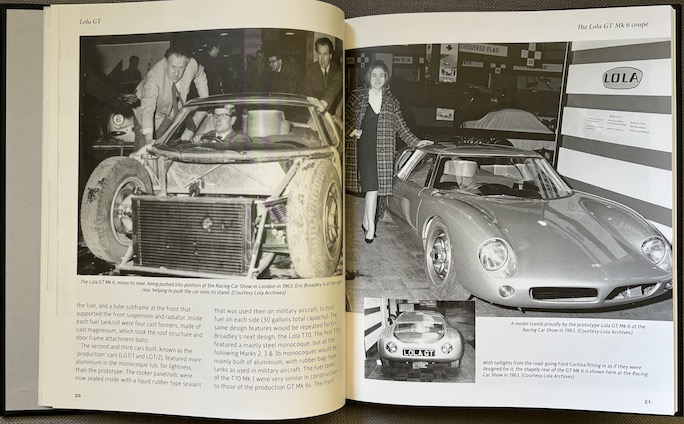
A power outage at the Lola workshop is the reason the prototype was two days late getting to the 1963 London Race Car show but it was acclaimed “the star of the show and a new breed of motorcar even though it was incomplete and had never turned a wheel.”
Unlike the movie, the several good books about the GT40 give the Lola GT its due credit (Starkey wrote one too, Ford versus Ferrari: The Battle for Supremacy at Le Mans 1966), to varying degrees but usually without much of a hint as to how complex the internal politics were. While peripheral to the main story, this book gives a good account of the motorsports cottage industry in the UK and the almost unimaginably Spartan working conditions even as late as the 1950/60s. Broadley’s early racing efforts are detailed. His first car actually used a Ford engine so when some years later Ford came knocking, he and his Ford counterpart would have found common ground quickly. Moreover, both were Brits, and engineers, and of similar ages—but Roy Lunn represented The Money and thus expected deference and mightily chafed at Broadley thinking of the Ford GT as “a bit of a backward step” whereas his Lola GT had been feted by “an ecstatic press” at its launch at the 1963 London Race Car show (above).
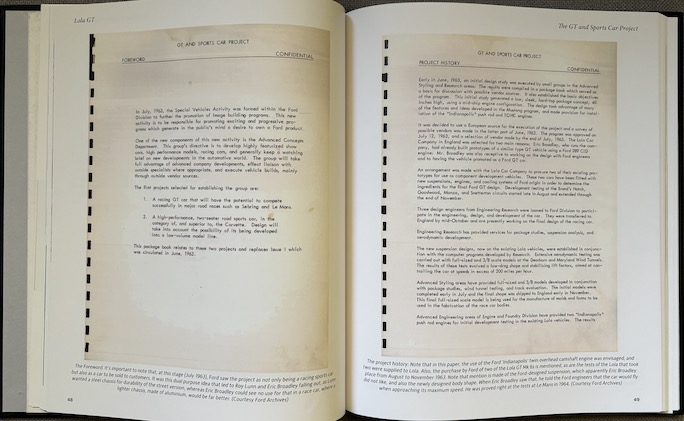
Even if all the above is old news to you, the book firms up the timelines of various events as well as heretofore unknown or under-appreciated dynamics. The latter in particular is rendered irrefutable by Starkey reproducing entire pages of confidential internal Ford memos (see above).
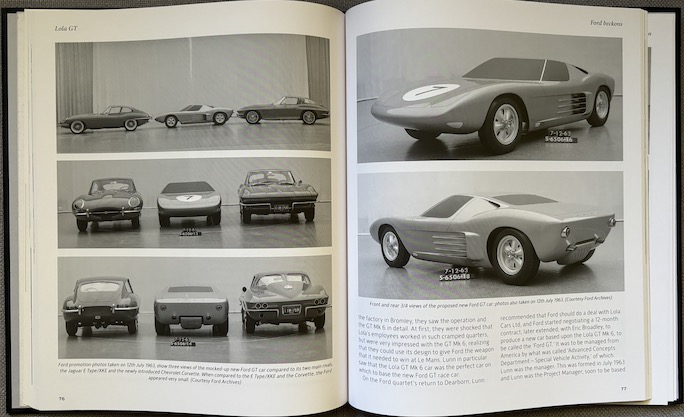
The Ford GT mock-up is positively tiny compared to the Jaguar E-Type and Corvette.
Among several other motor racing topics, Starkey has written about Lola before, and in this book is able to bring the voice of someone to the table who was actually there during those years, Lola Cars foreman Laurie Bray. You can see why Ford would have been troubled to get reports of Lola GT test sessions in which the car was found to have the wheelbase on one side being different by half an inch from the other, or the car overheating because a radiator was only half filled, or solving fuel feed problems by making the passenger hold in his lap a gallon fuel tank, or half the bodywork detaching itself from the chassis . . . Still, Ford was anxious to buy the cars, not least to keep them out of Chevrolet’s hands, and then set up their own shop, Ford Advanced Vehicles, to produce GT40s in the other half of the Lola Factory.
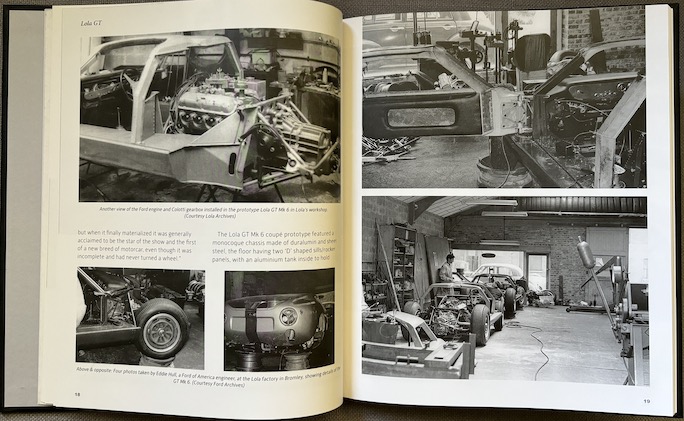
Speaking of FAV, one of the guys they sent to England wandered to the Lola side of the shop one day, saw the prototype LGT/P gathering dust in a corner, bought it, and has owned it since. His story is in the book too, along with the chassis and ownership history of the other two GTs which have also survived.
All of this makes for a great story, quite without precedent, not found elsewhere, and it is well told and well illustrated. Unusual for this publisher, the book has an Index!
Copyright 2024, Sabu Advani (speedreaders.info)


 RSS Feed - Comments
RSS Feed - Comments









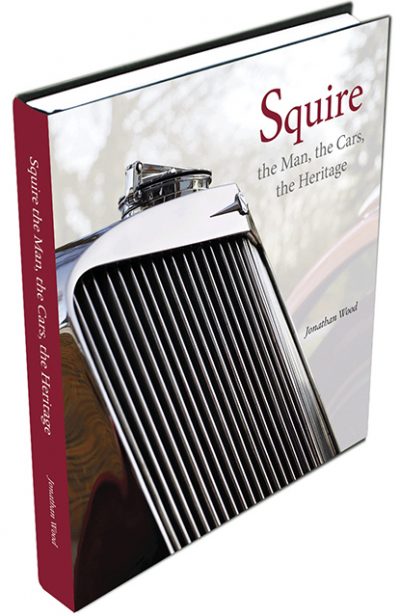
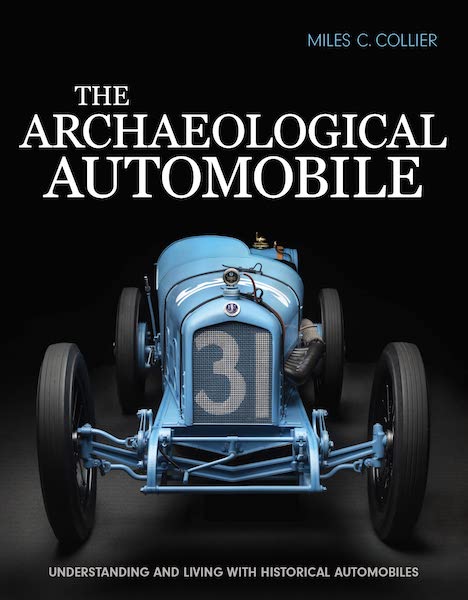




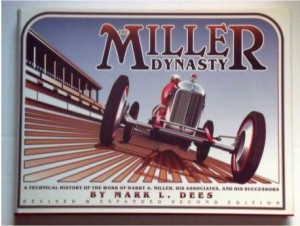
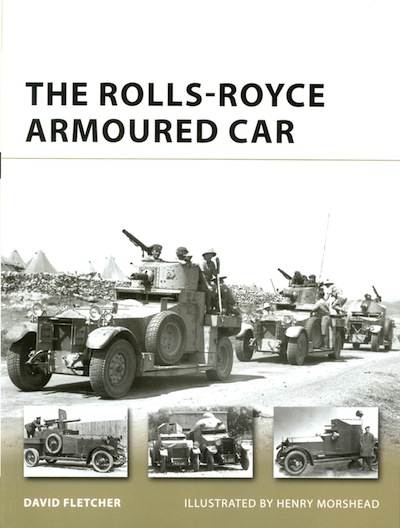

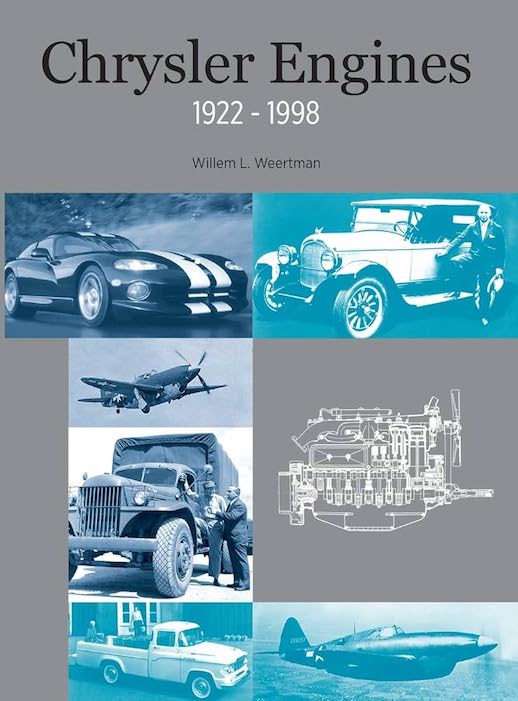
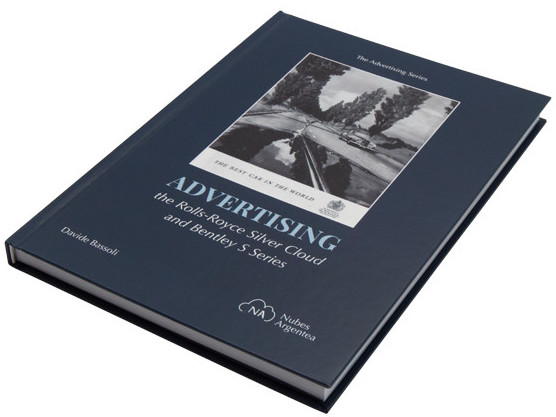

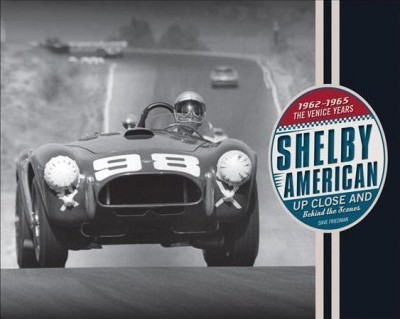
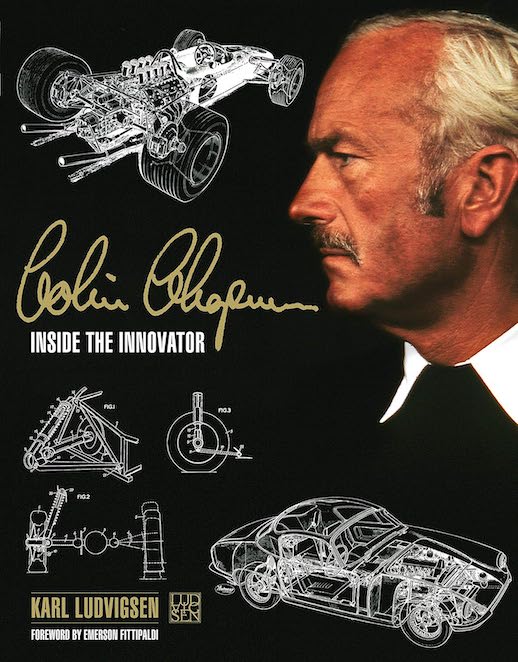


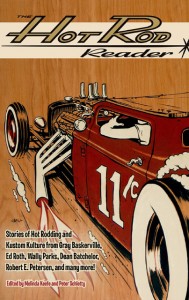

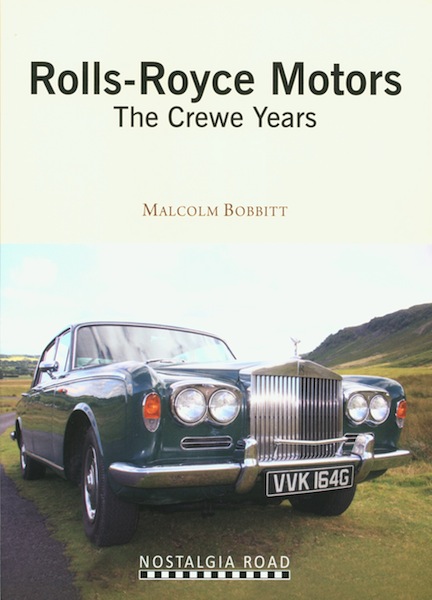
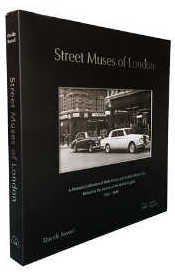

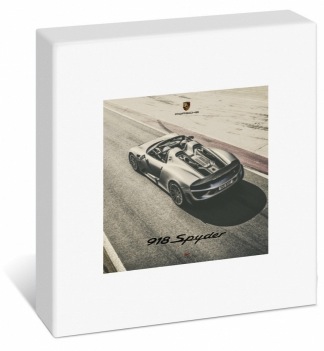







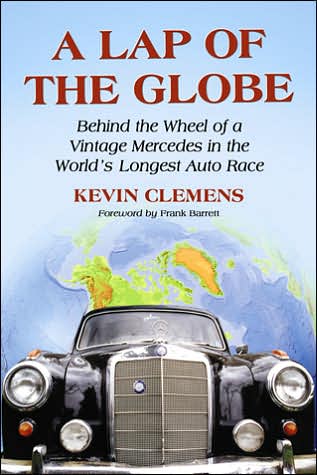

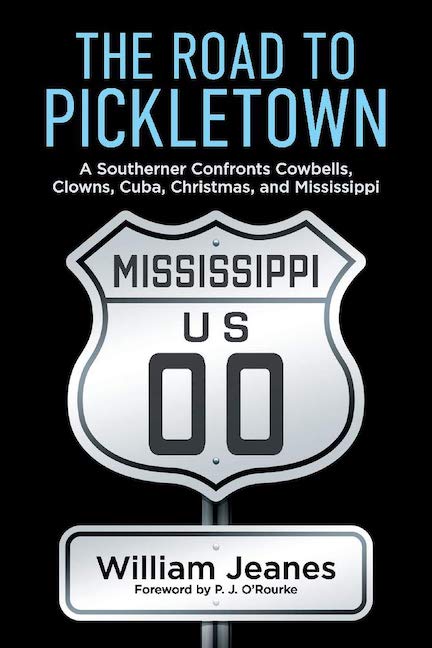
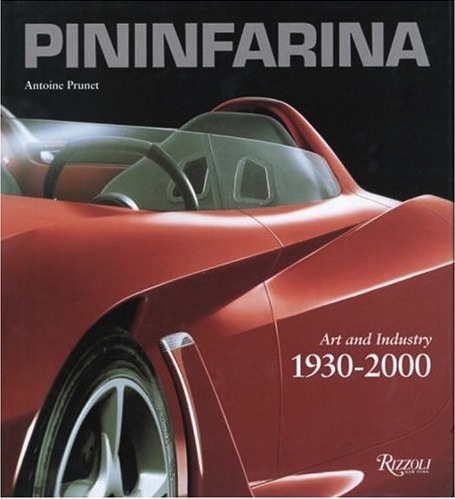





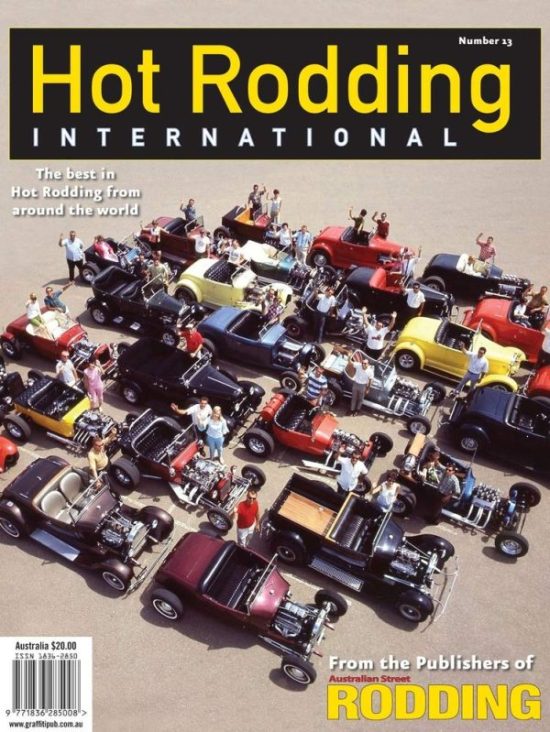

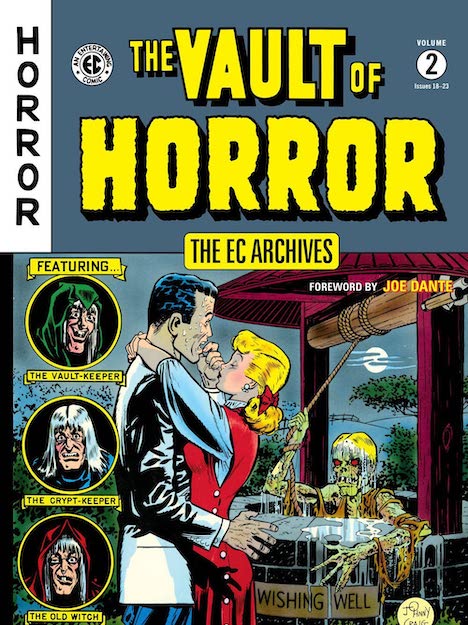

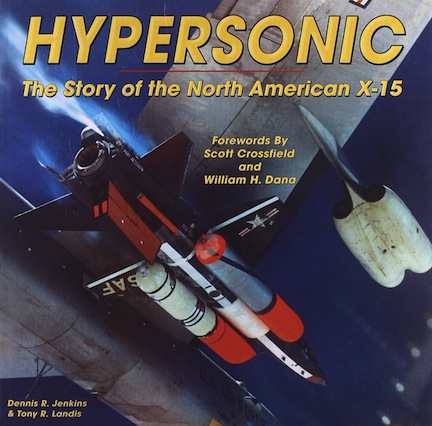



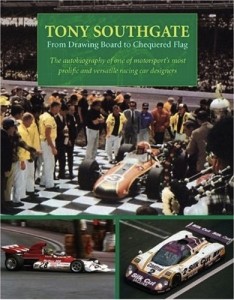
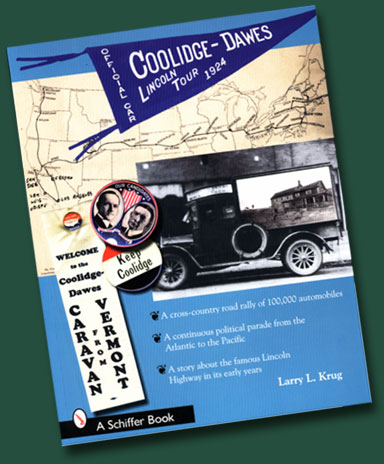




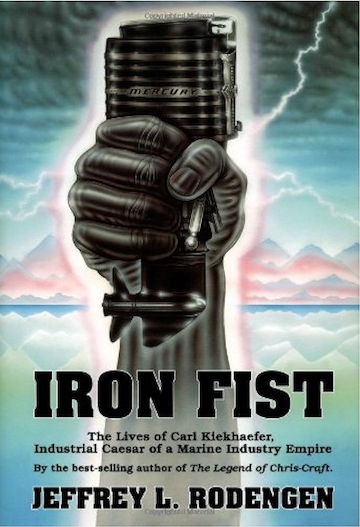
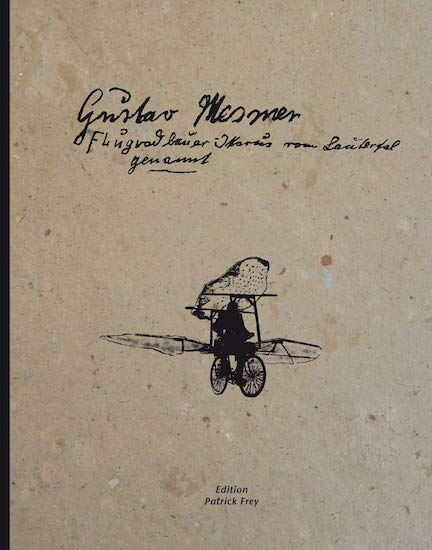


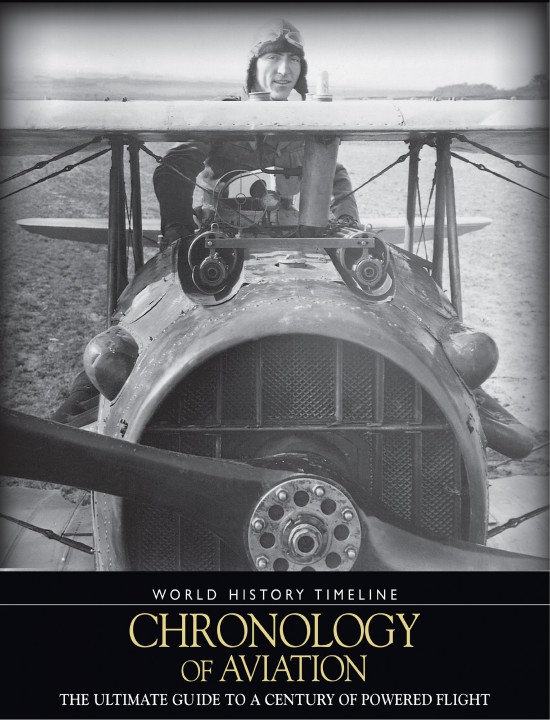


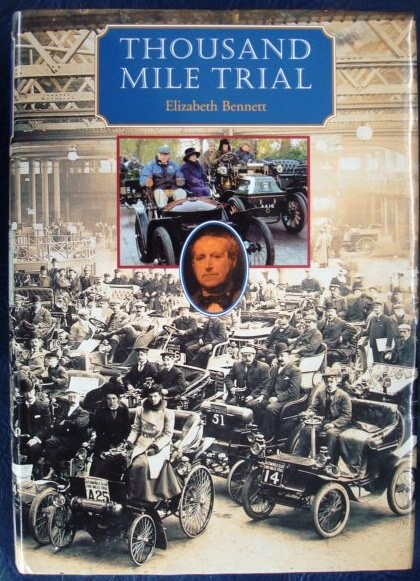

 Phone / Mail / Email
Phone / Mail / Email RSS Feed
RSS Feed Facebook
Facebook Twitter
Twitter